The depths of the world's oceans still preserve historical evidence of different epochs. The underwater mysteries that mankind has been trying to unravel for centuries include pristine man-made objects destroyed by the elements or by ruthless conflicts, as well as mysterious creations of nature. What they all have in common is that the only way to see or touch the history in stone is with a mask, fins and an aqualung. This blog presents some of the most popular attractions at the bottom of lakes, seas and oceans among divers all over the world.
Lockheed Tristar aircraft in the Red Sea (Jordan)
It's unlikely that the creators of the Lockheed L1011 Tristar airplane ever expected their "born to fly" brainchild to be forcibly grounded on the ocean floor. But that's exactly what happened in the Jordanian resort town of Aqaba in 2019, in an effort to attract foreign diving enthusiasts and underwater photographers. In addition, such a decision may have contributed to the growth of coral populations. The sunken plane began flying in Europe in the early 1980s, and its last operator was the Jordanian airline Royal Jordanian. After being taken out of service in 2013 due to a hard landing, it was stored for a long time at King Hussein Airport near the shores of the Red Sea.
Before loading the aircraft at a depth of approximately 28 meters, all technological fluids were pumped out of the aircraft in order not to harm the ecology of the sea. The cockpit, passenger compartments (except for the middle row of seats, which was removed for convenience) and service areas were preserved intact, allowing divers to inspect the interior and exterior of the virtually undamaged aircraft. The Tristar quickly became popular not only with divers, but also with fish and other marine life. Sinking airplanes is a fairly common technique used in coastal countries to attract divers.
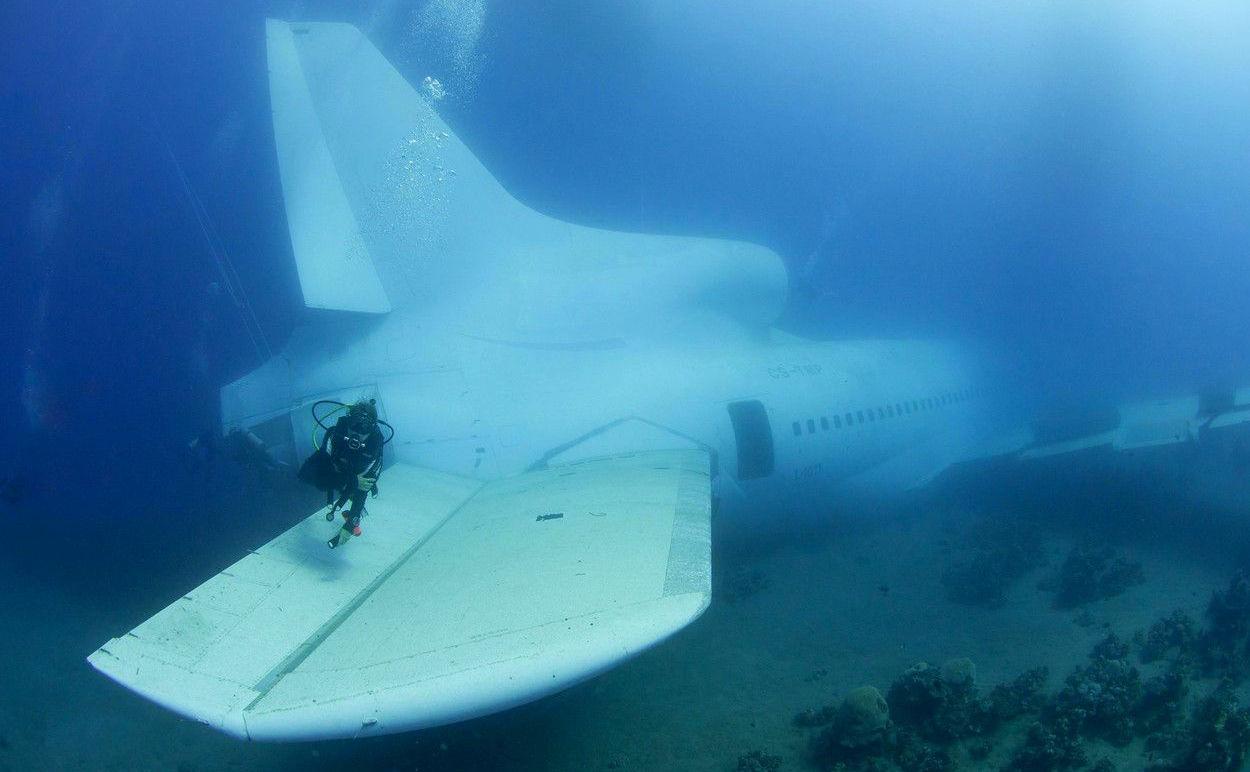
Museum of Underwater Art (Mexico)
One of the largest collections of underwater art in the world is located off the coast of the picturesque Mexican resort town of Cancun. There are more than 500 cement sculptures created by master Jason Taylor and works by other masters that are submerged to a depth of about 8 meters. The sculptures are divided into two galleries and can be easily viewed from the surface by divers and snorkelers. The museum was conceived by Jaime González Cano, director of the marine park where it is located, to save the surrounding coral reefs and attract lovers of the beauty of the sea, and was officially inaugurated in November 2010 as an alternative destination for divers.
A few years earlier, Dr. Jaime began to prepare plans for a museum that would blend in with the coral reef. To accomplish this, he suggested to the president of the local marine association that he take scuba enthusiasts to an area of his choice.
That's when the idea of placing the sculptures underwater was born. More than 60 fishermen and women were cast for the museum to create the illusion of people moving in defense of the sea. About 400 statues are involved in the composition called "Silent Evolution". In addition to images of people, the museum features a full-size cement replica of the iconic Volkswagen Beetle and small houses. Today, the facility provides a practical benefit by attracting tourists to the area. The underwater exhibit is expanding and the corals continue their progressive growth.
Cancun Underwater Museum on the map
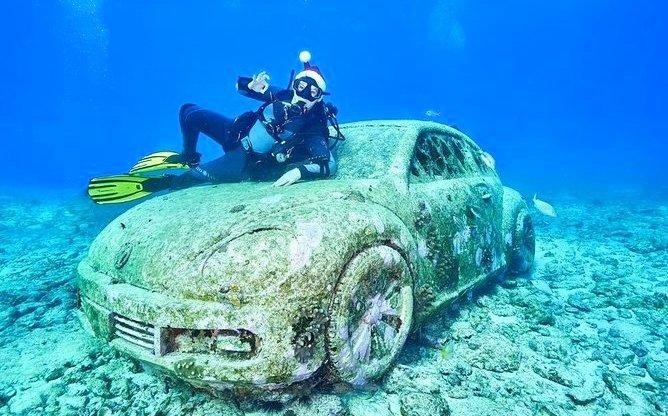
Zenobia Ferry (Cyprus)
The port of Larnaca serves as one of the most attractive areas for diving enthusiasts in Cyprus. In June 1980, the Greek ferry Zenobia critically overturned and sank at this site, and now lies at a depth of about 40 meters. An investigation after the disaster found that the excess water pumped into the ballast tanks caused the ship to lose stability. It should be noted that the ship was launched from the shipyard in Sweden less than a year before the disaster. It was the first commercial voyage of the ferry, which was equipped with the latest shipbuilding technology and carried about a hundred trucks with various cargoes.
According to locals, most of the crew watched the sinking from a nearby beach bar. Since then, the eternally anchored Zenobia has become one of the most popular underwater sites in Cyprus. As such, the ferry offers a wide range of programs for divers, from simple dives to more challenging penetrations of the inner decks. The sight of the steel giant lying under a water column of about 40 meters makes a strong impression on underwater swimmers. Swarms of fish can also be seen swimming past scattered rusted trucks and mangled metal.
Zenobia Wreck dive site on the map
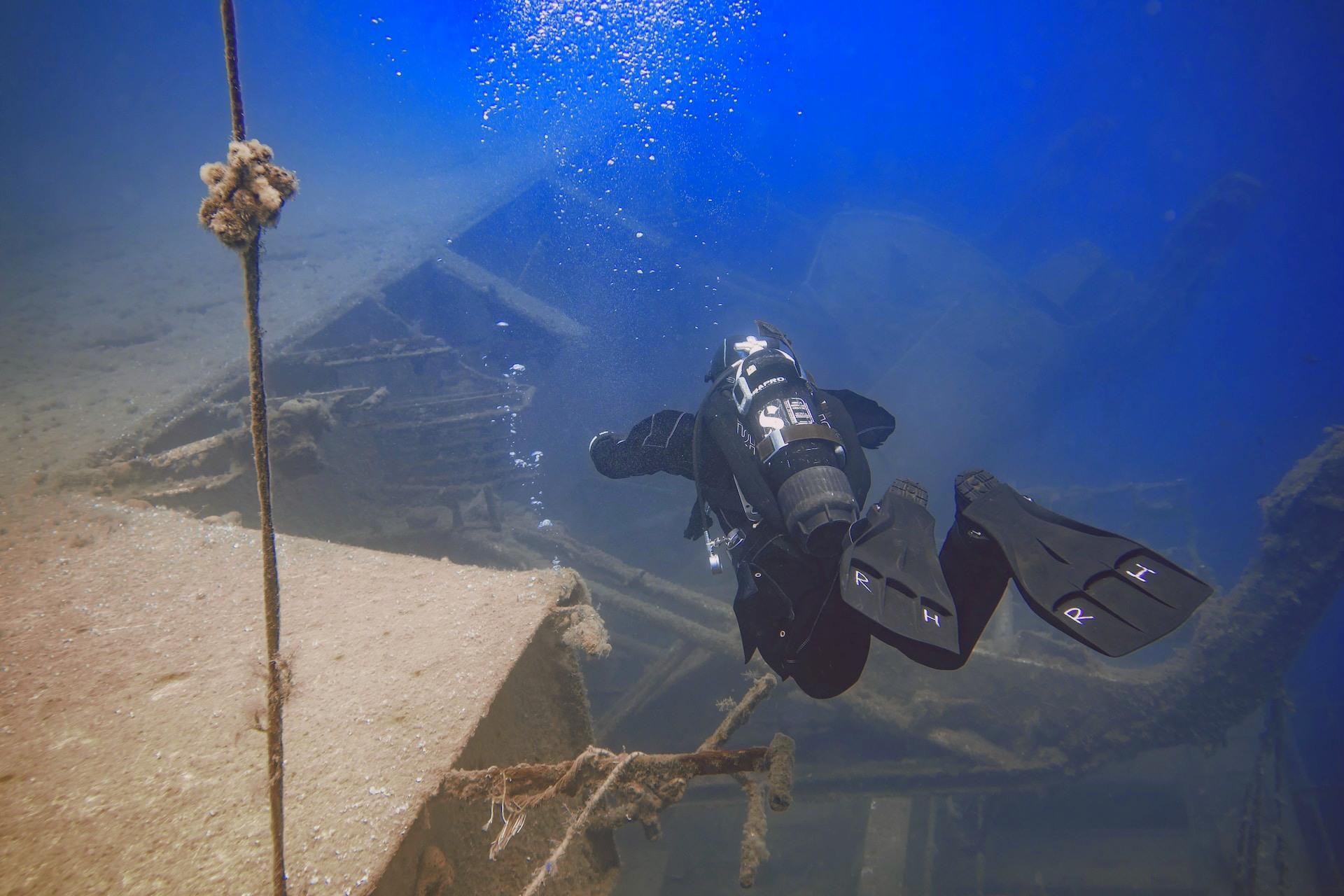
The flooded town of Port Royal (Jamaica).
The Caribbean is one of the most enticing regions for divers. One example is the former center of shipping and trade in the Caribbean - Port Royal in Jamaica, founded in 1494. Unfortunately, much of this city was destroyed by devastating natural phenomena in 1692. By the end of the 17th century, Boston and Port Royal were the two largest cities in North America where the English were the dominant majority. The latter was the capital of colonial Jamaica and an important trading port. It was also notorious in the Middle Ages as a city of pirates, rum and harbor maidens of easy virtue. In other words, Port Royal was considered the most vicious city in the world at the time. During the earthquakes of 1692, more than half of the city sank into the Caribbean Sea: some of the buildings were washed away, the rest was submerged by the resulting tsunamis, and a large number of ships went to the bottom of the harbor.
Their remains, as well as the city's buildings, can still be seen underwater - but only at a depth of 15 meters. The next major earthquake hit the rest of the city in 1907. During a detailed study of the sunken city, it was discovered that several buildings were preserved almost in their original form. Today, underwater Port Royal offers divers a fascinating journey into Jamaica's pirate past. Thanks to the efforts of the country's government, it has become a tourist center, but remains vulnerable to natural disasters, especially hurricanes. In 1996, the National Heritage Foundation of Jamaica declared Port Royal a protected national heritage and historical monument, meaning that the city as a whole is important to the identity and heritage of the Jamaican people.
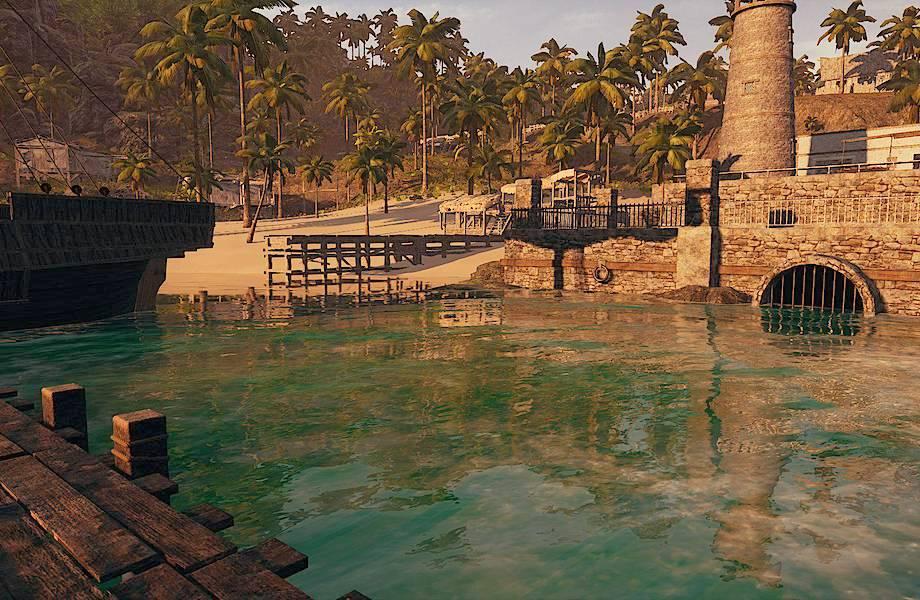
Cleopatra's Underwater Palace (Egypt)
The Egyptian city of Alexandria was founded in 332 BC by Alexander the Great, who conquered the country to expand his vast empire. Alexandria remained part of that empire for more than 300 years, until the reign of Queen Cleopatra, who by then had become a powerful Egyptian pharaoh. Her luxurious palace, measuring 90x30 meters with marble floors, was located on the island of Antirodos in the eastern harbor of Alexandria. On the same side of the island there was a small harbor, where on the sea side were built 60 columns, 7 meters long, made of red Egyptian granite and crowned with crowns.
They served as a ceremonial gate to the island. In the IV century, after a strong earthquake and tsunami, the palace went under water to a depth of 5-6 meters. According to some scientists, it was the most powerful earthquake in the Mediterranean, causing a wave of destruction that reached the shores of Spain. The earthquake also destroyed the ancient lighthouse of Alexandria, the remains of which are considered one of the Seven Wonders of the World.
For a long time, nothing was known about the palace until a team led by French underwater archaeologist Frank Goddio discovered it on the seabed in the early 1990s. The team also found statues, including Cleopatra's faithful priest and two perfectly preserved sphinxes that archaeologists believe were part of her temple. Today, divers have the opportunity to see her remains, authentic artifacts from that era, and get a closer look at the history of one of the oldest civilizations on our planet.
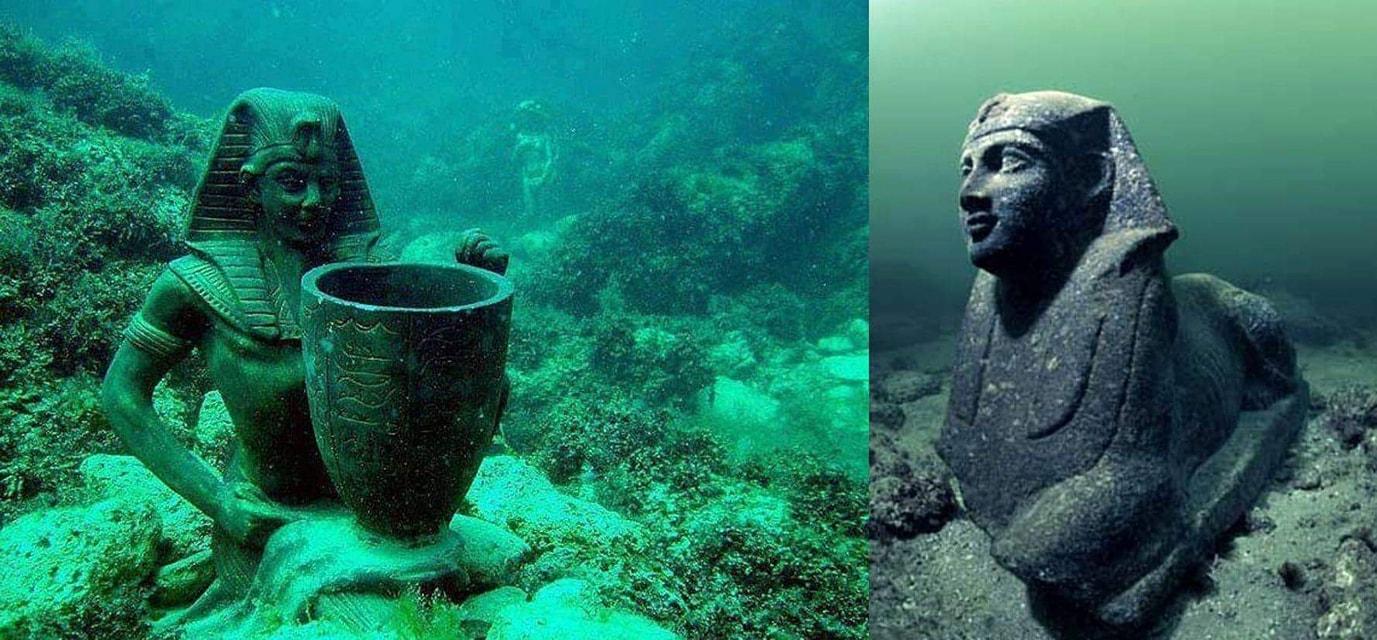
Yonaguni Monument (Japan)
In 1986, an underwater instructor named Kihachiro Aratake was diving off Yonaguni Island in Okinawa to check for sharks in the area. In shallow water, he came across an unusual object rising from the ocean floor. It resembled a massive rock pyramid with several steps or layers leading to the top. It was later determined that the 35-meter-high object is located at a depth of 5 to 40 meters, is 60 meters long and 50 meters wide. The age of the "pyramid" is estimated at 10-15 thousand years. Since its discovery, scientists have been arguing about the origin of the object. Some consider it natural and say that the block of stone resembles a natural formation with well-defined edges found in other parts of the world. In addition, Yonaguni is located in a seismically active area and could have been formed as a result of tectonic changes.
Others believe the object is man-made, a legacy of an ancient Pacific civilization. The pyramid's mythical origin story may be false, but it continues to fascinate those lucky enough to dive in and touch the site. However, neither the Japan Agency for Cultural Affairs nor the Okinawa Prefectural Government recognizes the site as an important historical artifact. In any case, divers have long listed Yonaguni Monument as one of the most unusual and interesting dive sites.
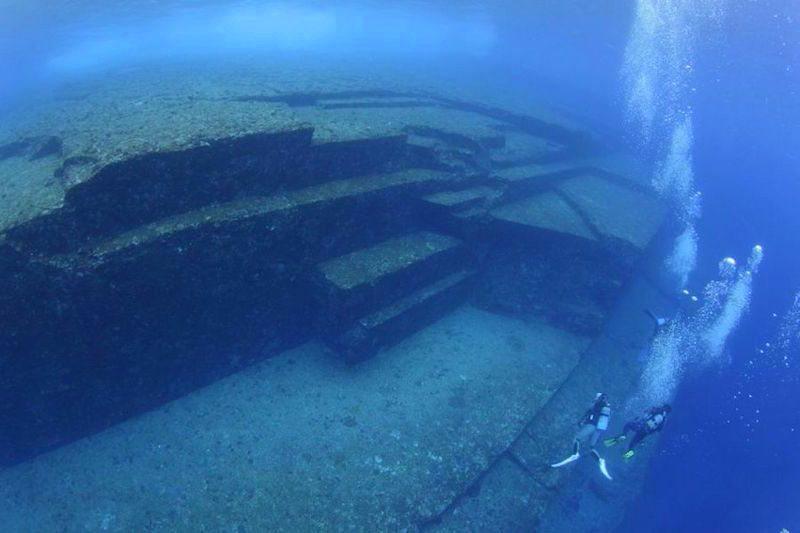
The Submerged City of Shi Cheng (China)
The Chinese city of Shi Cheng was founded 1300 years ago in what is now Zhejiang Province. The unique architecture of the city, including the buildings of the XIV century, was built during the times of the Celestial Emperors Ming and Qing. But even cities cannot resist progress: in 1959, Shi Cheng was forcibly flooded as part of industrialization: the province needed to build a hydroelectric dam. Some 300,000 residents had to be relocated. Today, the city lies at a depth of about 40 meters at the bottom of Lake Qingdao (an area of more than 570 km2), which is also called the Lake of a Thousand Islands due to the massive number of islands in the expanse of the reservoir. It is located 400 km south of the city of Shanghai.
Under the water column, all five city gates with towers, the main cobbled streets, houses with fanciful Chinese dragons and medieval walls guarded by stone lion figures are well preserved. For this reason, it can be considered a time capsule, or "Chinese Atlantis," as it is called by PRC citizens. The second name, Lion City, comes from Wu Shi Mountain (Mountain of Five Lions), which is closest to the lake. Today it is used as a tourist attraction and is visited by experienced divers. In 2011, it was announced that the underwater city has been placed under the protection of the provincial government.
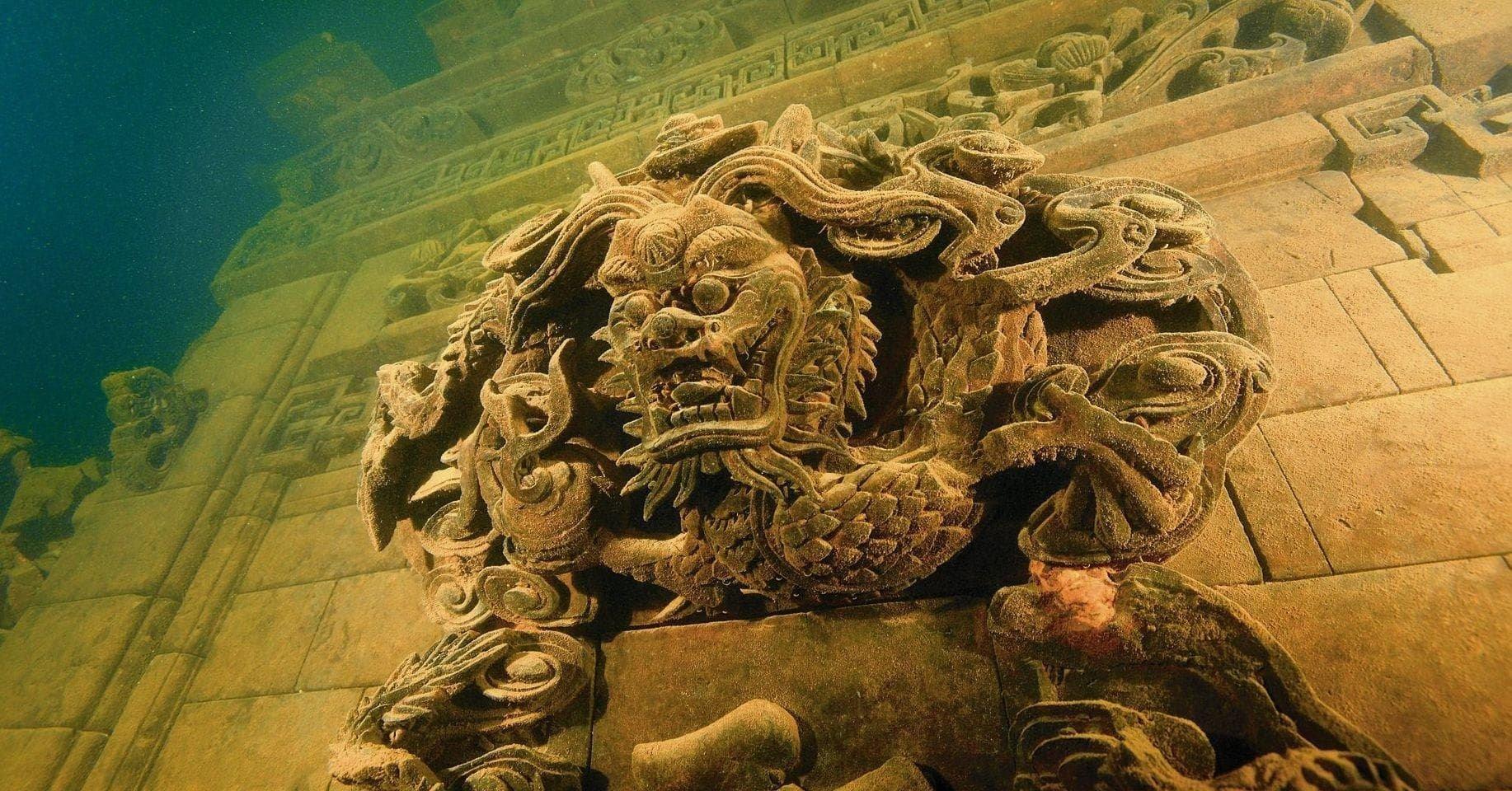
Dry cargo ship Thistlegorm (Egypt)
The armed British dry cargo ship SS Thistlegorm, built in 1940, was sunk by the German air force in the northern part of the Red Sea in October 41. The dry cargo ship was 130 meters long and had a crew of 40 men. At the time of its sinking, the ferry was taking part in a secret operation called "Crusade". Its essence was to lead a convoy of 16 ships around the African continent to deliver cargo to British troops in the Egyptian port of Alexandria. This route was chosen to avoid collision with German submarines in the Mediterranean. The ship's holds were loaded with ammunition, generators, motorcycles and automobiles, and medical supplies for the British Army in North Africa. On the upper deck were light armored personnel carriers and some steam locomotives.
While awaiting passage through the Suez Canal, the dry cargo ship was attacked by German bombers, one of the bombs hitting the ammunition hold, causing it to explode and completely destroying the ship. The sunken "Tistlegorm" was first discovered in 1955, five miles from the modern resort of Sharm El Sheikh at a depth of about 30 meters by the team of famous ocean explorer and traveler Jacques Yves Cousteau. The subsequent underwater research was detailed in his book "In a World of Silence". The subsequent recovery and removal of the explosive cargo took several months for the underwater engineers. Today, the sunken SS Thistlegorm is one of the most revered ships in the world among divers. A visit to the ship provides divers with a unique experience of military history. The ferry is favored by turtles, sea urchins, numerous fish and other inhabitants of the Red Sea. The superstructure of the ship serves as a home for sea corals.
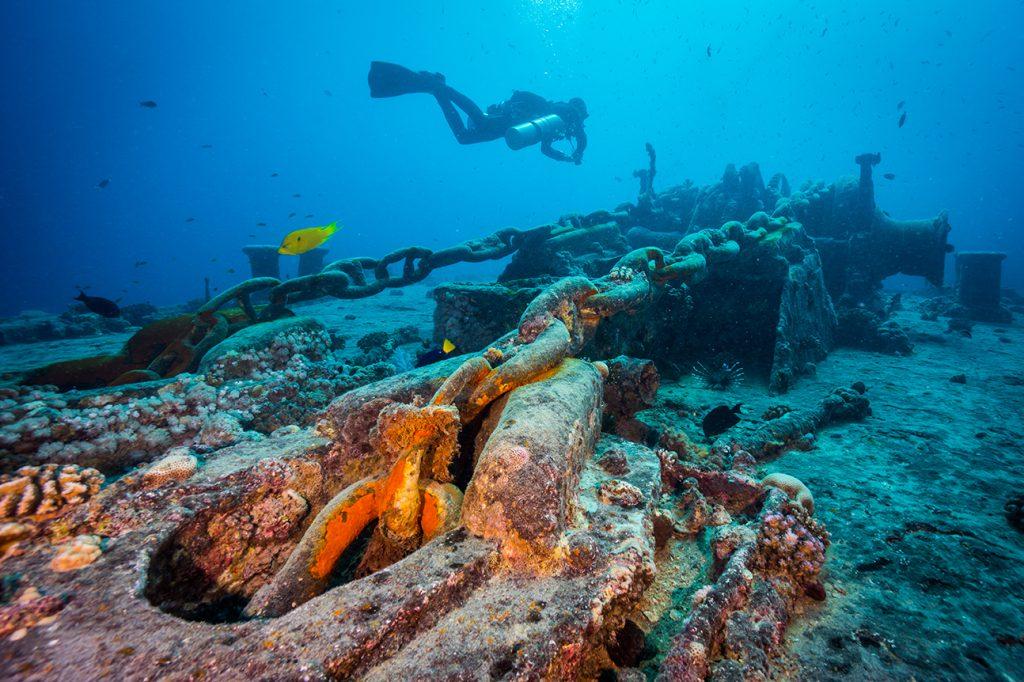
Silfra Rift (Iceland)
Thingvellir National Park, an hour's drive from Reykjavik in rugged Iceland, is a UNESCO World Heritage Site for its natural and historical uniqueness. Within the park is Lake Silfra, which is known for its crystal clear meltwater with visibility up to 100 meters. This place is known among divers as a real geological miracle. It should be noted that a visible fault of the Eurasian and North American tectonic plates runs along the bottom of the reservoir. According to specialists, it was formed in 1789 due to the movement of these plates as a result of a strong underwater earthquake.
And although diving in Iceland does not involve coral reefs and shoals of colorful fish, underwater swimmers have the opportunity to touch the bases of both continents at the same time. At the same time, the water temperature in the lake is quite cool - from 2°C to 3°C. For reference, diving in Silfra began in 1966, when all divers wore wet suits, as dry suits were not yet common.
Silfra Snorkeling Rond on the map
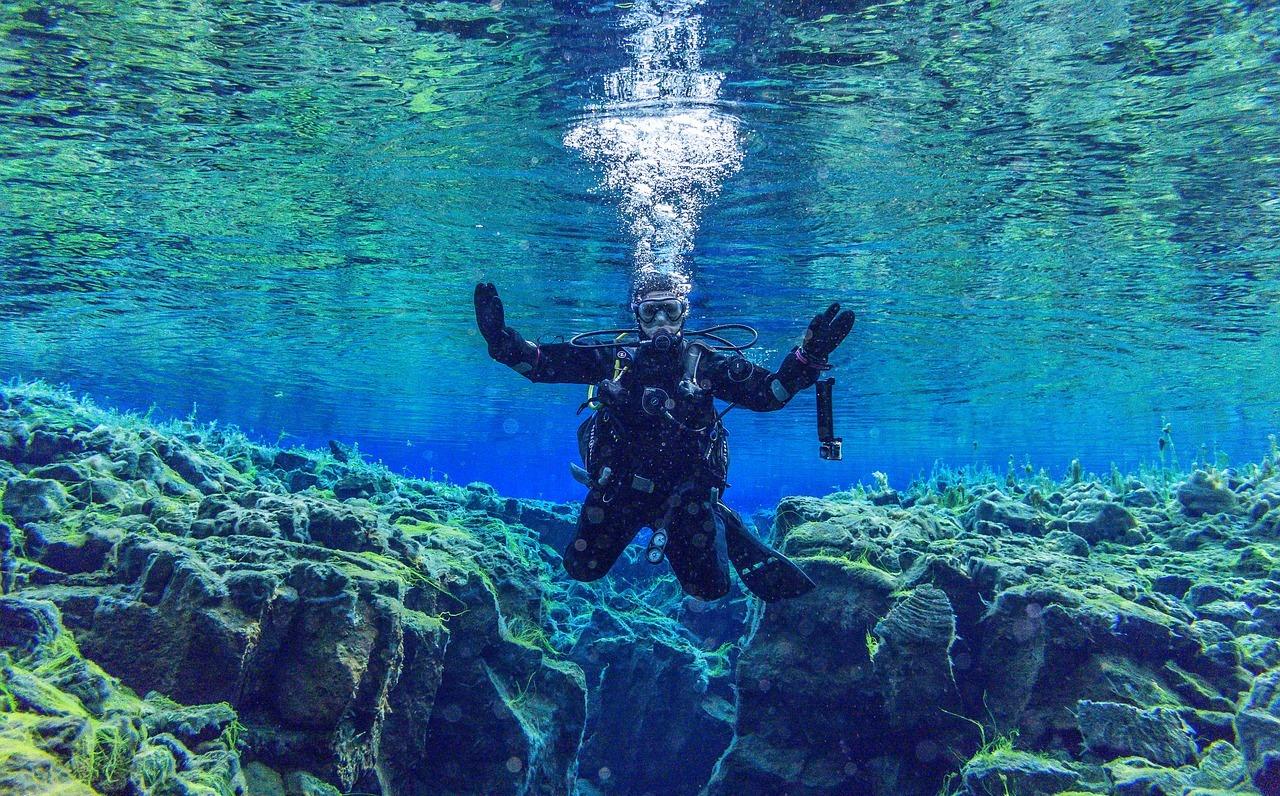 Museum of Underwater Art (Australia)
Museum of Underwater Art (Australia)
The Great Barrier Reef, a UNESCO World Heritage Site, is widely regarded as one of the best snorkeling destinations on the planet. Magnificent, pristine landforms and rich marine life, including several species of sharks, attract divers from around the world. Within the Barrier Reef Marine Park, near the Australian city of Townsville, is the Museum of Underwater Art, or MOUA, which opened in 2020. It is believed to be the first underwater art museum in the southern hemisphere. The sculptures on display here are by British master Jason Taylor, who is known for his work in the underwater world. He is also an environmentalist and professional underwater photographer.
The museum's activities harmoniously combine art, science and culture. It is here that marine life is observed and its biological evolution is studied. In addition, the institution aims to educate visitors about the reef, emphasize the importance of efforts to preserve the ecosystem, and warn of the consequences of rising global ocean temperatures. The Museum of Underwater Art has transformed the world's largest network of coral reefs into a global architectural and natural treasure.
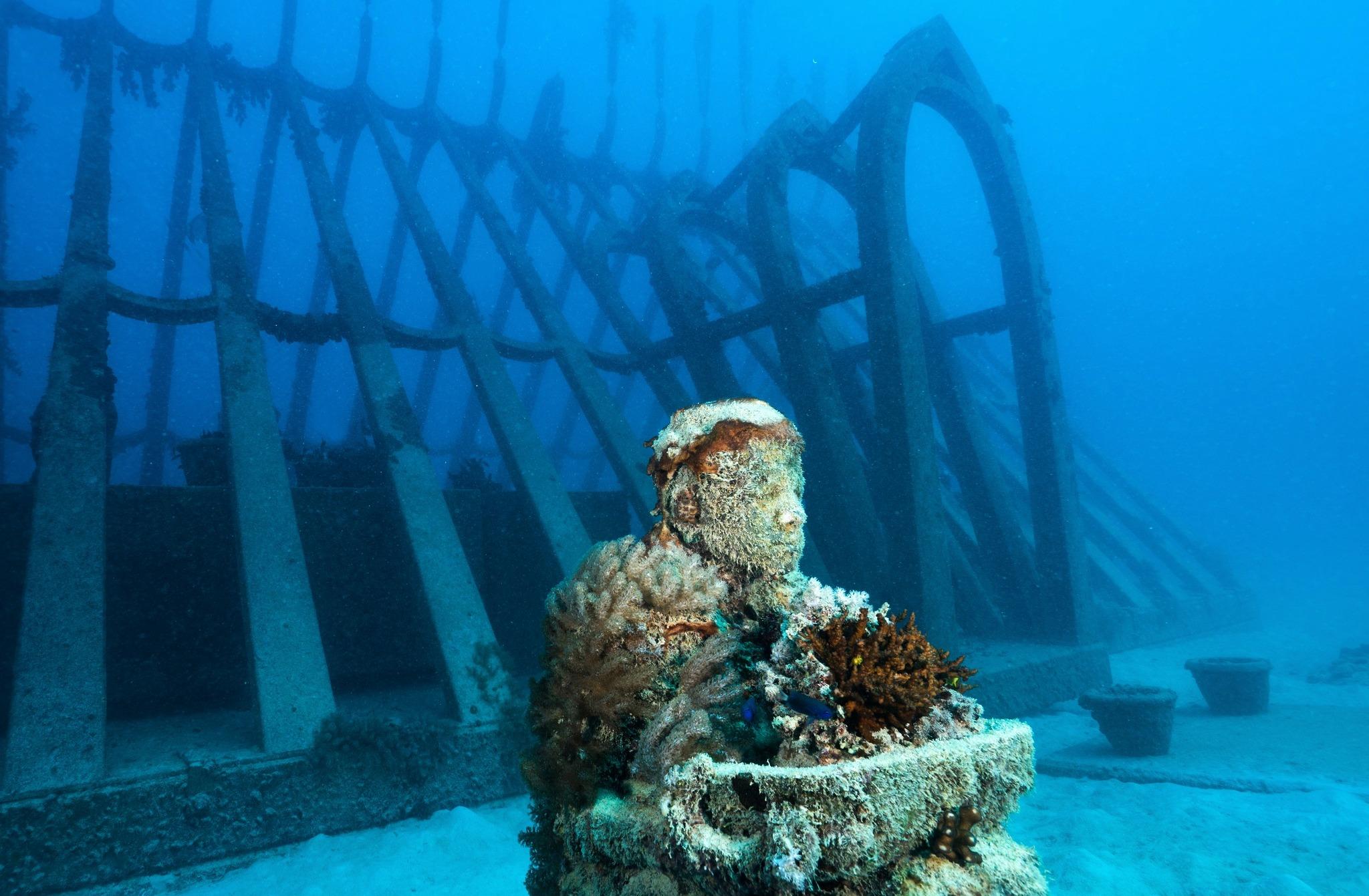
Read also:

